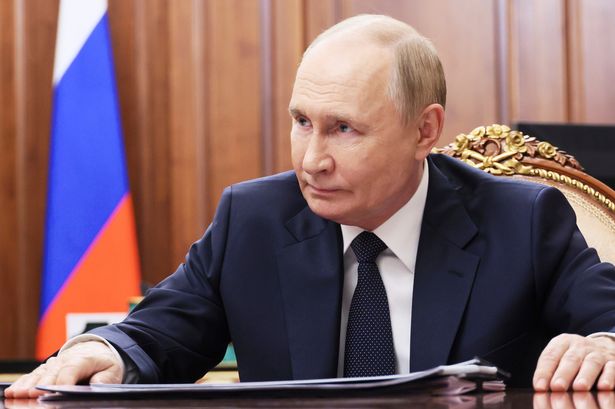The Russian Foreign Ministry has said this week that it feels the moratorium no longer applies after US actions have created a “direct threat” to the country’s security
Russia has said that it no longer feels bound by a self-imposed moratorium on the deployment of nuclear-capable intermediate range missiles, sparking fears there could be a fresh arms race, particularly with the US.
The Russian Foreign Ministry announced on Monday that the decision is linked to the efforts by the US and its allies to develop intermediate range weapons and preparations for their deployment in Europe. The declaration could indicate a possible new arms race. The ministry said that actions by the US, such as plans to deploy Typhoon and Dark Eagle missiles in Germany from next year, create “destabilizing missile potentials” near Russia.
This, it explained, creates a “direct threat to the security of our country” and carries “significant harmful consequences for regional and global stability, including a dangerous escalation of tensions between nuclear powers.” It comes after NATO scrambled warplanes as Russia shoots down West’s F-16 fighter jet in Ukraine onslaught .
President Putin had previously declared that Moscow was planning to deploy its new Oreshnik missiles on the territory of Belarus later this year. The ministry said: “Decisions on specific parameters of response measures will be made by the leadership of the Russian Federation based on an interdepartmental analysis of the scale of deployment of American and other Western land-based intermediate-range missiles, as well as the development of the overall situation in the area of international security and strategic stability.”
At the end of last week, Donald Trump said that he would order the repositioning of two US nuclear submarines based on the “highly provocative statements” of Dmitry Medvedev about the risk of war between the two countries.
Medvedev had responded to Trump’s deadline for Russia to accept a peace deal in Ukraine or face sanctions by warning him against “playing the ultimatum game with Russia”. He had said that “each new ultimatum is a threat and a step toward war”.
The Russian politician later wrote on social media that the statement on the withdrawal of the missile moratorium was a result of “NATO countries’ anti-Russian policy”. He added: “This is a new reality all our opponents will have to reckon with. Expect further steps.”
Intermediate-range missiles were banned under the 1987 Intermediate-range Nuclear Forces (INF) Treaty. In 2019, Washington and Moscow abandoned the pact, but Moscow declared its self-imposed moratorium on their deployment, until the US makes a move.
The missiles can fly between 500 to 5,500 kilometers. Russia’s missile forces chief claimed that the Oreshnik intermediate range missile has a range to reach all of Europe and can carry nuclear warheads.
Putin said the weapon was so powerful that using several of the missiles could be as devastating as a nuclear strike. The president claimed last year that it was capable of destroying bunkers three, four or more floors down,” AP reported.



